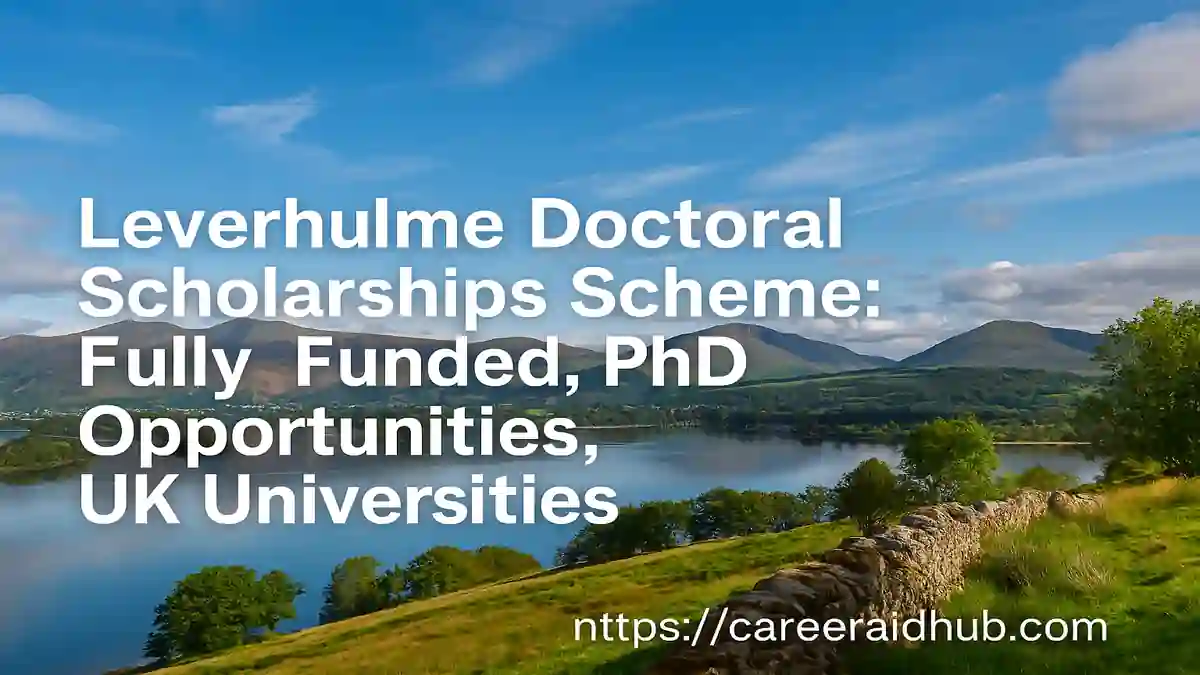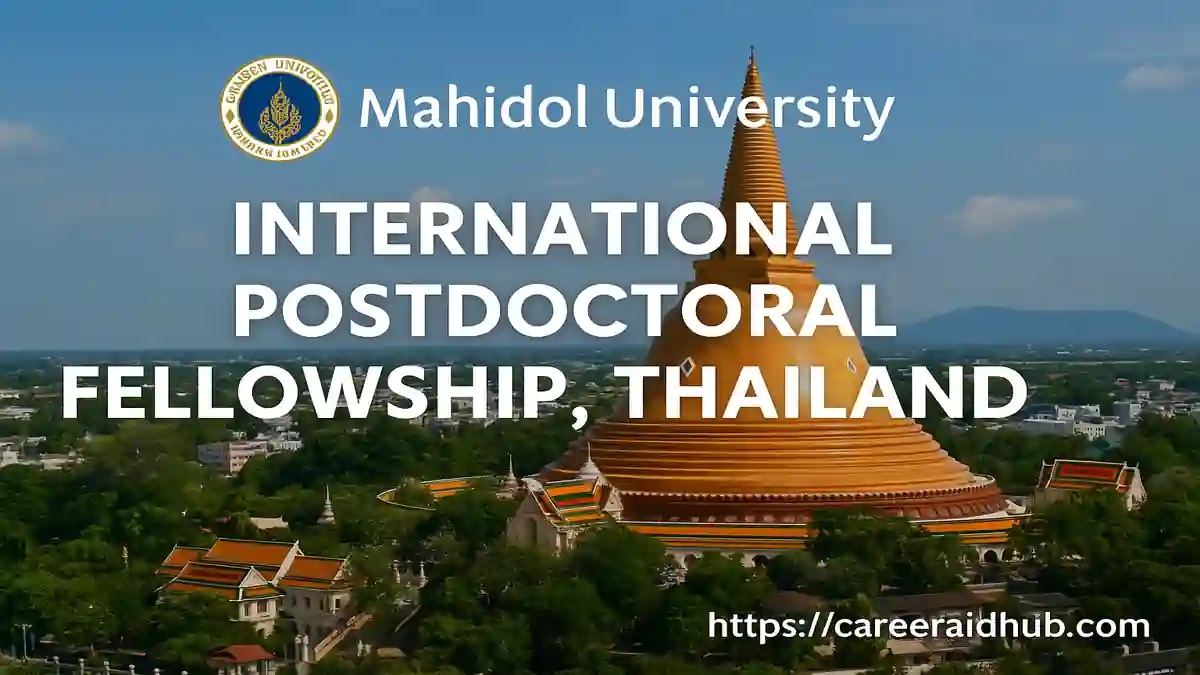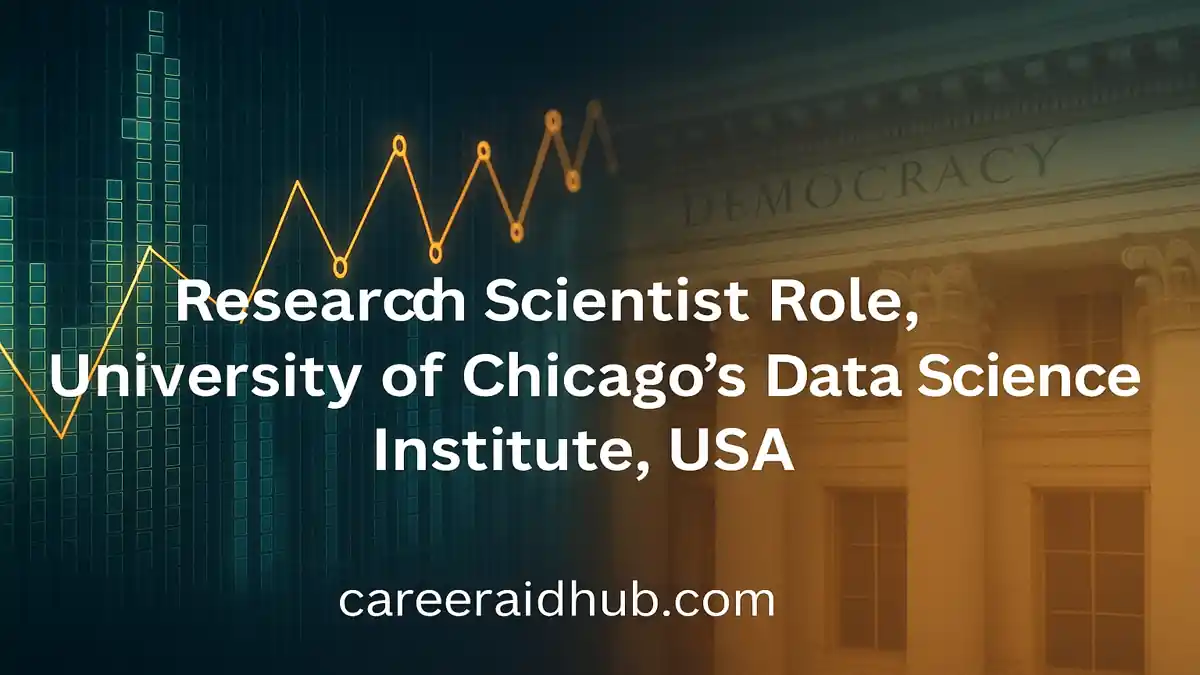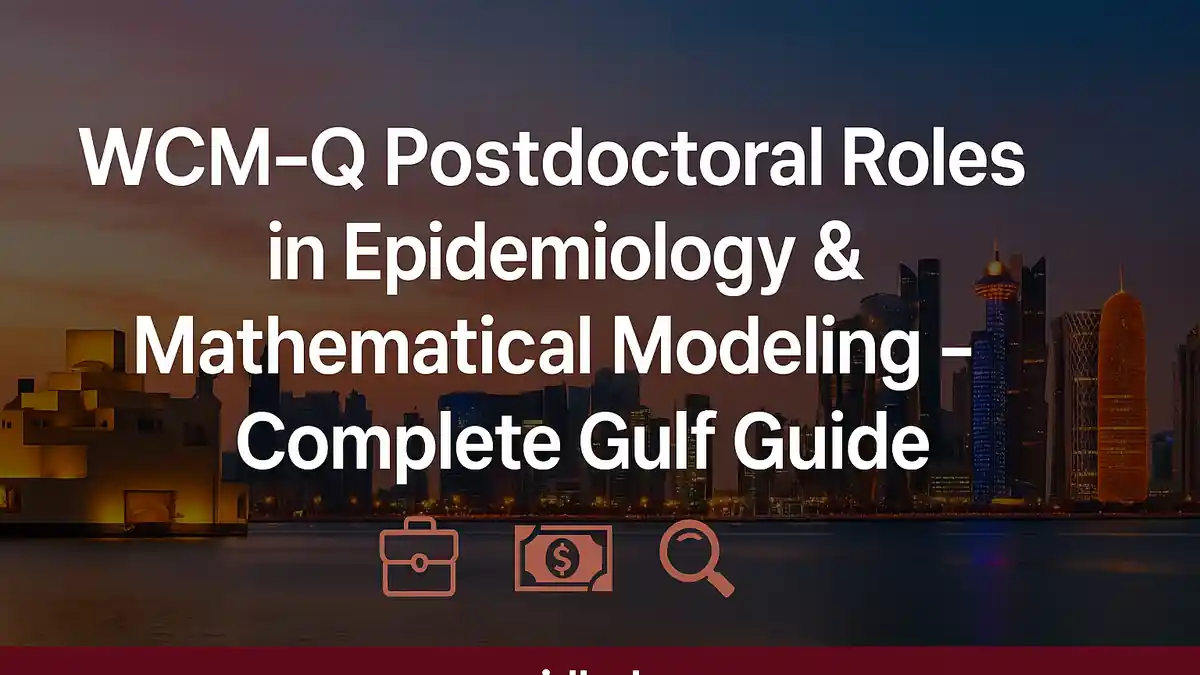The Massachusetts Institute of Technology (MIT) is recruiting a Postdoctoral Associate to join the Center for Sustainability Science & Strategy (CS3) along with the Advanced Global Atmospheric Gases Experiment (AGAGE) team. Selected candidates will engage in studies interpreting AGAGE measurements of greenhouse and ozone-depleting gases via state-of-the-art atmospheric models, observational datasets, and inverse modeling methods. This position offers a unique opportunity to integrate theory and experiment to understand emission sources, transport, and loss mechanisms of trace gases at scales from regional to global.
MIT seeks a Postdoctoral Associate at its Center for Sustainability Science & Strategy in collaboration with AGAGE. The role focuses on modeling greenhouse and ozone-depleting gases using advanced inverse methods. Salary ranges from $71,000 to $90,000. Applicants with strong modeling experience are invited to apply.
Position and Work Unit Details
- Title: Postdoctoral Associate, Center for Sustainability Science & Strategy / AGAGE
- Department/Unit: CS3 & Atmospheric Chemistry at MIT
- Employment Type: Full-Time Research Position
- Salary Range: $71,000–$90,000, depending on experience and qualifications
- Visa Support: Available for eligible international applicants
This role places the researcher within a globally interconnected team of experimentalists and theoreticians. The AGAGE network collects precise observations of greenhouse and ozone-depleting trace gases, while the atmospheric chemistry group at MIT develops and applies three-dimensional transport and chemistry models.
Key
Responsibilities
The Postdoctoral Associate will:
- Analyze AGAGE observational data to infer emissions, transport, loss, and mechanisms of greenhouse and ozone-depleting gases.
- Apply forward and inverse modeling using three-dimensional atmospheric chemistry and circulation models.
- Use advanced statistical techniques (for example, Bayesian methods, Markov Chain Monte Carlo) to solve both forward and inverse problems.
- Quantify radiative forcing by these trace gases and assess their influence on ozone depletion at sub-national, national, and global levels.
- Collaborate with experimental teams, integrate measurement datasets, and validate models.
- Prepare manuscripts, present results at scientific meetings, and contribute to interdisciplinary sustainability and climate science efforts.
Required and Preferred Qualifications
Required Qualifications
- Ph.D. in atmospheric physics, atmospheric chemistry, or a closely related discipline.
- Demonstrated experience with three-dimensional atmospheric chemical transport modeling.
Preferred Qualifications
- Prior work integrating observations with models to estimate sources and sinks of trace gases (inverse modeling).
- Proficiency with statistical inference techniques (e.g., Bayesian, MCMC).
- Capacity to manage large datasets and apply computational tools for atmospheric science.
- Strong written and verbal communication skills for interdisciplinary publication and collaboration.
Research Context and Scientific Goals
This
- Observational science, leveraging measurement stations worldwide for high-precision gas concentrations.
- Modeling and transport to understand how gases move through the atmosphere and how emissions, deposition, and decay affect their distributions.
- Inverse methods, which work backwards from observations to deduce emissions, loss rates, and unknown sources.
Understanding these mechanisms is critical for policy, climate mitigation, and ozone protection strategies. This role will directly contribute to quantifying human impacts on climate and atmosphere.
Benefits and Working Environment
- Competitive salary and a generous benefits package typical of postdoctoral researchers at MIT.
- Access to MIT’s world-class computational resources, datasets, labs, and collaborative networks.
- Strong mentoring from experienced faculty including Professor Ronald G. Prinn and Dr. Luke Western.
- A diverse, inclusive research culture that encourages collaboration across departments, institutions, and disciplines.
- Opportunities for international travel and conference participation to present research outcomes.
Application Instructions
Candidates should submit:
- Curriculum Vitae (CV) detailing education, research accomplishments, and publications.
- A brief statement of research interests indicating how their background aligns with AGAGEand CS3 goals.
- Contact information for three letters of recommendation.
Applications should be sent electronically to Professor Ronald G. Prinn and Dr. Luke Western, at the emails given in the job posting. Applicants are encouraged to highlight any experience with inverse modeling or related statistical methods.
Deadlines and Timing
- Applications are being considered immediately, with selection expected to begin soon after the posting.
- Ideal start dates will be discussed during the hiring phase, depending on candidate availability.
- The pay range disclosed is current; MIT reviews compensation based on experience and risk factors such as relocation or visa status.
Why This Role Matters
This opportunity offers more than just a postdoctoral position. It presents a chance to:
- Contribute to global efforts to quantify greenhouse gas emissions and their climatic impacts.
- Advance technical skills in modeling, statistics, and atmospheric chemistry.
- Join a high-visibility project that informs climate policy and ozone protection efforts.
- Build a publication record, foster interdisciplinary collaborations, and expand professional networks.
These experiences can support future roles in academia,
How to Stand Out in Your Application
To enhance your chances:
- Showcase any work already done with atmospheric transport or chemistry models.
- Describe specific experience with inverse modeling or data assimilation methods.
- Include examples of collaboration with experimental measurement teams.
- Highlight computational skills: programming languages, high-performance computing, data processing.
- Ensure your research statement is focused, novel, and aligns clearly with AGAGE / CS3 research goals.
Summary & Takeaway
The Postdoctoral Associate position at MIT’s Center for Sustainability Science & Strategy / AGAGE is an exceptional research opportunity for candidates with strong modeling, statistical, and atmospheric science expertise. With competitive compensation, international collaboration, and substantial scientific impact, this role suits researchers aiming to advance climate science and policy.
If you have the qualifications and passion for interpreting atmospheric data, applying inverse modeling, and contributing to pressing sustainability science, this position offers an excellent platform to make a difference.
Here’s a quick summary table for the MIT Postdoctoral Associate – Center for Sustainability Science & Strategy / AGAGE opening. It condenses all critical details in a structured way:
Quick Summary Table
Feature | Details |
Program Name | Postdoctoral Associate – Center for Sustainability Science & Strategy / AGAGE |
Host Institution | Massachusetts Institute of Technology (MIT), Cambridge, Massachusetts, USA |
Department/Unit | Center for Sustainability Science & Strategy (CS3) & AGAGE collaboration |
Employment Type | Full-Time Postdoctoral Research Position |
Location | In-person, MIT campus |
Salary Range | $71,000 – $90,000 annually, commensurate with experience |
Eligibility | Ph.D. in Atmospheric Physics, Atmospheric Chemistry, or related discipline |
Preferred Skills | 3D atmospheric modeling, inverse modeling, Bayesian/MCMC methods, large datasets, statistical inference |
Research Focus | Greenhouse and ozone-depleting gases, transport, emissions, radiative forcing, climate impact analysis |
Key Responsibilities | Data-model integration, forward/inverse modeling, collaboration with AGAGE experimentalists, publication, presentation, mentorship |
Benefits | MIT postdoc benefits, research resources, mentoring, international collaboration, professional development |
Application Materials | CV, research statement, cover letter, 3 recommendation contacts |
Deadline | Applications reviewed immediately; pool open until filled |
Official Website |
Frequently Asked Questions (FAQs)
It is a full-time research position focusing on atmospheric modeling, greenhouse gases, and climate science at the Massachusetts Institute of Technology.
Applicants must hold a Ph.D. in atmospheric physics, atmospheric chemistry, or a closely related field with strong research expertise.
The role emphasizes greenhouse gases, ozone-depleting substances, transport modeling, emissions analysis, and radiative forcing impacts on climate systems.
Preferred skills include 3D atmospheric modeling, Bayesian and MCMC methods, statistical data analysis, and handling large climate-related datasets.
The position offers a competitive salary typically ranging between $71,000 and $90,000 annually, depending on qualifications and experience.
You must submit a CV, cover letter, research statement, and contact details for three referees through the official MIT careers portal.
Responsibilities include forward and inverse modeling, publishing research, collaborating with AGAGE teams, mentoring students, and presenting results at conferences.
Yes, MIT provides a comprehensive benefits package covering health insurance, professional development, research support, and international collaboration opportunities.
The role is based fully in-person at MIT’s campus in Cambridge, Massachusetts, within the Center for Sustainability Science & Strategy.
Applications are reviewed immediately, and the open pool remains active until the position is filled. Future cycles typically reopen in early January.










